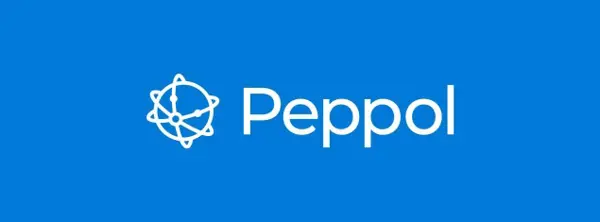Blog: What is a Peppol Access Point?
You’ve probably heard the term before: Peppol Access Point. But what exactly is it? A Peppol Access Point connects organisations to the Peppol network, allowing them to safely exchange electronic documents such as e-invoices with everyone connected to this network. ‘Implement once, connect to all’.
You need a Peppol Access Point to connect to the Peppol network. Such a connection is provided by a Billing Service Provider (BSP) like eConnect. You can compare this to a provider for telecommunications. If you want to make a call or browse the internet on your phone, you need access to the telecom network. For that mobile connection, you need to use a telecom provider like KPN or T-Mobile. The same applies to e-invoicing with the Peppol network. Every eConnect customer has standard access to the Peppol network.
Connecting to a Peppol access point
To connect to the Peppol network, you need two things:
- A registration with your unique Peppol identifier at a Peppol provider. This is like a mailbox or telephone number where the documents are sent. In the Netherlands, it’s best to register your Chamber of Commerce (KVK) number or VAT number.
- A connection to the network via a Peppol Provider, which allows you to link your financial software or ERP system.
Over eConnect
About eConnect
eConnect is such a Peppol provider with a Peppol Access Point that you can connect to. Worldwide, there are now hundreds of different Access Points. This ensures a reliable and international e-invoicing network, much safer than invoicing via email and just as easy. Once you’re connected, you can securely receive and send e-invoices to organisations (worldwide), regardless of which Access Point they use. eConnect went live in 2013 with the first Peppol Access Point in the Netherlands. eConnect’s Peppol software is used by several Dutch Peppol providers to connect their systems to the Peppol network. eConnect sent the very first European core invoice to other European Service Providers. With about 60% of all Peppol registrations in the Netherlands, eConnect is the market leader on the network (Peppol, 2020).
Benefits of exchanging e-invoices via Peppol
Every organisation can benefit from e-invoicing. There are solutions for corporates, self-employed professionals, Accountants, and (decentralised) governments.
- Error-free: e-invoices are exchanged directly between computers, ensuring no discrepancies arise between the invoice data from sender to receiver.
- Secure: organisations only need to register with the provider once. Due to the checks involved, sending phantom invoices becomes impossible.
- Fast: send directly from your application or from a platform. Fewer steps are required to send and process invoices.
- Invoice status insight: incoming and outgoing invoices are recorded faster in the accounting system, giving you more up-to-date numbers. With the ability to see the status of an invoice (like a track & trace), you always know the current status.
- Faster payment: due to error-free processing in the recipient’s financial system, an e-invoice is paid on average seven days faster than a paper invoice.
Quick summary
Many terms have been mentioned in this article. Here’s a quick summary:
- Peppol network: a secure network that companies and government institutions can connect to, allowing them to securely send and receive e-invoices.
- Billing Service Provider (BSP): an organisation that provides services for the efficient sending and receiving of invoices from backend systems.
- Peppol Provider: a BSP that connects organisations to the Peppol network.
- Peppol Access Point: the technical infrastructure through which Peppol providers exchange financial documents.
- Universal Business Language (UBL): a file format used to create an e-invoice.
- Peppol-ID: a unique code used to register on the Peppol network. This can be a number such as Chamber of Commerce, VAT, IBAN, or OIN.
